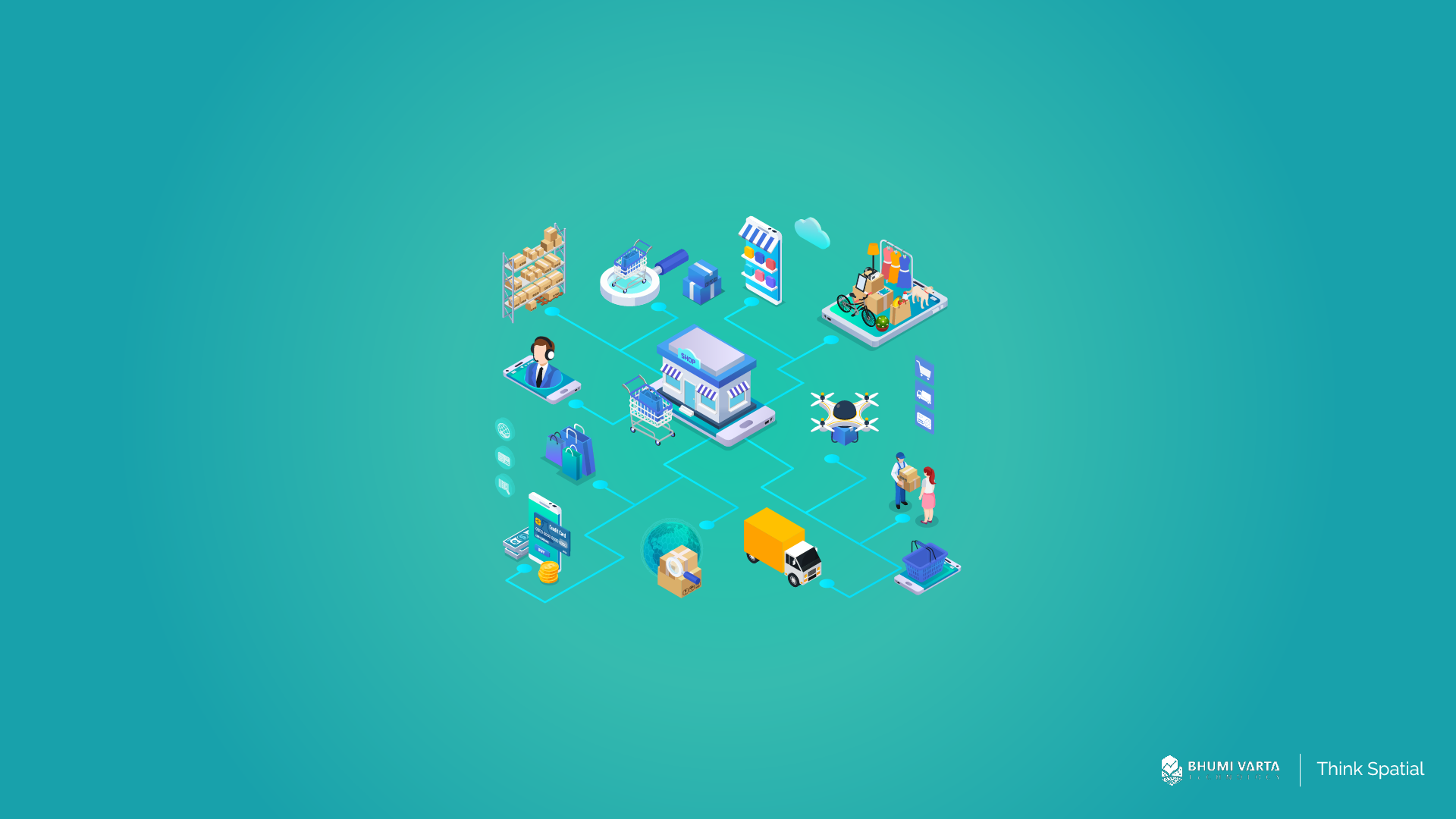When a business aims to sell products or services, it’s crucial to ensure that the offerings reach the appropriate audience. To achieve this, businesses can use location data to analyze audiences. By leveraging location data, businesses can make sure that products or services are directed to the right people at the right time. In this article, we will explore how to determine the target audience using location data in detail. Let’s delve into the topic.
Contents
Get to Know Location-based Audiences
Location-based audiences are potential consumers derived from the utilization of cookieless data linked to household and consumer-level information, indexed by geographic location.
This data enables businesses to target specific audiences based on their preferences and purchasing behavior, allowing them to create effective campaigns that resonate with their target market.
Location-based audience targeting is a marketing strategy that takes advantage of geographic information to reach potential customers with relevant and personalized advertisements or messages.
For instance, a fried chicken franchise could use this approach to offer discounts or coupons to people located near one of their restaurants.
The Importance of Location Data for Location-based Audiences
Personalization can happen when businesses understand consumers’ preferences, behaviors, frequented locations, and other details. However, it’s crucial to note that census and demographic data alone don’t suffice to gather all this information.
While these data types may help identify our business’s target audience, they don’t offer an in-depth understanding of the motivations behind purchasing a product or service, location specifics, and other relevant details essential for effectively targeting potential consumers.
To provide a more complete understanding, businesses may choose to combine it with mobile data and points of interest (POI). This approach can provide more specific insights into these areas and create a more in-depth view of the target audience.
With a deeper understanding of consumer behavior and demographics, businesses can segment their audiences effectively and deliver highly personalized messages or campaigns.
For instance, someone interested in smartphones might casually browse a website without immediate purchase intent. Location data can validate online signals of smartphone search activities by tracking their physical movements.
From here, we can identify whether they have recently visited various mobile phone retailers, which could indicate an intent to purchase, or if they have actually entered the store, signaling a high likelihood of conversion.
By discerning whether they are merely browsing or genuine potential buyers, businesses can tailor campaigns to both groups accordingly. This aids in cost savings and boosts Return on Ad Spend (ROAS).
Building Audiences Using Location Data
After explaining in detail the significance of location-based audiences and the importance of location data, we’ll delve into how to construct an audience using this data. Here are the steps that businesses can follow.
Use internal and external data
In today’s world, customers interact with businesses both offline and online. Therefore, it is essential for companies to bridge the gap between the physical and digital worlds by using internal and external data to gain a better understanding of their customers.
By merging data such as foot traffic, online search patterns, and previous purchase history, businesses can comprehend how their audience interacts with their brand on different platforms and understand why they show an interest in their products. With this information, marketing teams can create more effective campaigns that can reach their audience wherever they are.
Furthermore, by utilizing internal and external data, businesses can tailor their campaigns to each audience segment. Personalization, which addresses specific audience needs, can lead to a significant increase in conversion rates.
Use Point of Interest data
To understand the target audience and their preferred destinations, businesses need to adopt a geospatial perspective gained from Point of Interest (POI) data. This data comprises locations that typically attract people’s attention, such as offices, shopping centers, stations, airports, tourist attractions, and more.
Businesses can also utilize POI polygons, which provide detailed information to enrich a business’s audience profile. These polygons include data about a building’s footprint, approximate size, and more precise zone divisions, allowing businesses to create more specific location-based audiences.
Businesses can use POI polygons to determine if people are actually visiting a location or simply passing by, which allows them to create targeted campaigns aimed at their true target audience.
Add location and behavior context to the analysis
As we discussed earlier, businesses need to utilize mobile data to provide more comprehensive context to their audience profiles. This is because demographic data and grouping individuals based on their proximity to certain points of interest alone are not sufficient to gain deeper insights.
To gain a more thorough understanding, businesses require context on how these places relate to consumer behavior.
For instance, those who frequent coffee shops are usually individuals who work from home or cafes, meet for business, or perhaps students completing their assignments.
Determine Your Business’s Location-based Audience with LOKASI Intelligence
To build location-based audiences, businesses can use LOKASI Intelligence. LOKASI is a geospatial analytics and location intelligence platform equipped with comprehensive mobile data and Points of Interest.
These two sets of data can help businesses divide their audience into smaller groups and gain a better understanding of their consumers’ behaviors.
In addition to this, LOKASI provides a range of other location-based data, including demographic data, disaster data, socio-economic status data, crime rate data, and more. All of this valuable information can be used to enhance the analysis of a business’s audience profile.
Learn more about how LOKASI Intelligence can help your business by contacting email: [email protected] or WA: 087779077750
FAQ
How do you determine the right target audience?
To identify the most suitable target audience, businesses can leverage location data. This information allows businesses to reach out to audiences with specific preferences and purchasing behaviors, enabling tailored campaign creation.
What does the target audience mean?
The target audience is a group of individuals who have a high potential to purchase the products or services that the business sells.
What type of information relates to the target audience?
The target audience usually includes age, gender, residential location, economic status, education, and others.



